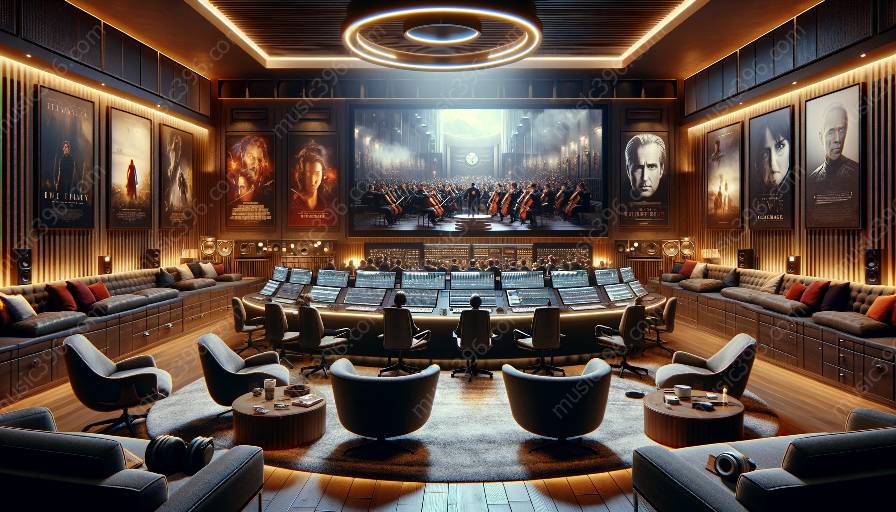Film scores play a crucial role in creating mood, enhancing emotions, and captivating the audience. The study of musical film scores and music theory provides valuable insights into the intricate relationship between intertextuality, audience engagement, and the cinematic experience.
The Role of Intertextuality
Intertextuality refers to the way in which one text refers to or incorporates elements from another text. In the context of film scores, intertextuality is a rich and complex phenomenon that involves the use of existing musical materials or references to other works to evoke specific emotions and associations in the audience.
Types of Intertextuality in Film Scores
There are several types of intertextuality commonly found in film scores, including:
- Quotation: Directly incorporating recognizable melodies or musical passages from existing compositions to create a specific effect or to allude to the original context.
- Allusion: Indirectly referencing or evoking elements from other musical works to establish connections and associations within the film.
- Parody: Satirizing or mocking well-known musical styles or motifs to add humor or irony to the film.
- Pastiche: Constructing a new composition that imitates the style or combines elements from various existing musical works, creating a sense of familiarity and homage.
Enhancing Audience Engagement
Intertextuality in film scores has the power to deeply engage and resonate with the audience in several ways:
- Emotional Depth: By drawing on familiar melodies or themes, intertextuality creates emotional resonances that connect with the audience's own experiences and memories.
- Cultural References: Intertextual references to well-known musical works can establish cultural connections, enriching the audience's understanding and appreciation of the film.
- Subtext and Meaning: Intertextuality can add layers of subtext and meaning to the narrative, enhancing the depth and complexity of the storytelling.
- Empowerment of Audience: Recognizing intertextual references can empower the audience, fostering a sense of shared knowledge and participation in the cinematic experience.
Integration of Music Theory
Understanding the interplay between intertextuality and audience engagement in film scores can be enriched by the application of music theory:
- Structural Analysis: Music theory provides tools for analyzing the structure and organization of intertextual references within film scores, revealing how these references contribute to the overall narrative of the film.
- Harmonic and Melodic Study: Knowledge of music theory allows for a deeper examination of the harmonic and melodic choices made in intertextual compositions, shedding light on the emotional impact and connections created through these musical elements.
- Cultural and Historical Context: Music theory contextualizes intertextual references within the broader historical and cultural backdrop, highlighting the significance of these references in shaping the audience's engagement with the film.
Captivating the Audience: Case Studies
Exploring specific examples of intertextuality and audience engagement in film scores can illuminate the power of musical references to captivate and enthrall the audience:
1. Ennio Morricone in Quentin Tarantino's Films
Ennio Morricone's iconic and evocative scores for western films have been intertextually referenced in Quentin Tarantino's films, such as "Kill Bill" and "Django Unchained." These references not only establish a connection with the audience familiar with Morricone's work but also enhance the emotional and narrative resonance of Tarantino's films.
2. John Williams and the Leitmotif Technique
John Williams' use of leitmotifs, recurring musical themes associated with specific characters or ideas, in the "Star Wars" and "Harry Potter" film series exemplifies the intertextual richness that fosters deep audience engagement and emotional investment in the cinematic experience.
Conclusion
Intertextuality and audience engagement in film scores offer a fascinating lens through which to explore the complexities of musical storytelling within the cinematic medium. By integrating the study of musical film scores and music theory, we gain a deeper understanding of how intertextual references can captivate, resonate with, and empower audiences, ultimately enriching the cinematic experience.

















































